The secular world has a terrible habit of taking our Christian symbols and transforming them into trivial and ridiculous images, emptying them of meaning. It’s a form of mockery of God, really.
They do it with the secular Santa Claus every Christmas, and they strike again at Easter with a pastel bunny hopping around distributing colored eggs to children. Shockingly, the secular world doesn’t even “follow the science” here because rabbits don’t lay eggs!
More importantly, nowhere in the Easter Bunny image do we find anything of the Resurrection.
Easter Symbolism of the Egg
The egg metaphor, however, has a more direct connection to Easter for two reasons:
- Eggs are enclosed places where embryonic life is hidden and eventually emerges transformed, so they easily lend themselves to a comparison with Christ rising from the grave in the new life of the Resurrection.
- Also, Christians traditionally fasted from both meat and eggs during the forty days of Lent (some Eastern churches maintain the practice to this day). The feeling of deprivation was overcome by Easter joy, which took tangible form in painting eggs with colorful hues in anticipation of the joyous Feast of the Resurrection.
Despite the Easter Bunny’s attempted hostile takeover of Easter, the real meaning of the Easter egg shines through. It’s about the joy of the life won for us by the Resurrection of Christ. As it should be.
The Fabulous Fabergé Easter Eggs
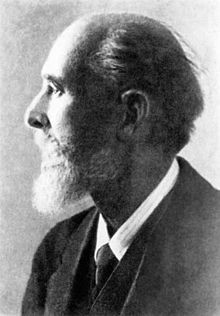 Most of us have at least heard about the Fabergé Easter Eggs, but we may not know that they are one of the modern world’s artistic wonders. Each egg is a unique and unrepeatable work of art.
Most of us have at least heard about the Fabergé Easter Eggs, but we may not know that they are one of the modern world’s artistic wonders. Each egg is a unique and unrepeatable work of art.
Make sure, though, not to confuse the Fabergé Easter Eggs with the mega jewelry and perfume company of the same name, although they are indirectly related. [The current Fabergé company has a concise historical outline on its website, which is worth looking at if that kind of thing interests you.]
The Fabergé of our story is Peter Carl Fabergé, a Russian jeweler of French descent, born in St. Petersburg in 1846. Fabergé took over his father’s jewelry business in 1882 and soon made it world famous.
(Coincidentally, Fabergé was born just two years before the famous American jeweler and stained glass artist, Louis Comfort Tiffany. He was also a contemporary of the Russian scientist Dmitri Mendeleev, who discovered the Periodic Table of the Elements.)
By 1885 Fabergé was appointed the official jeweler to the Russian imperial court, and in the same year, Tsar Alexander III commissioned him to make a decorative Easter egg for his wife, the Tsarina Maria Fedorovna.
It is said the Tsarina was so pleased with the gift that the Emperor commissioned Fabergé to make a new egg every year to be presented to her on Easter. The only stipulation was that each egg should contain some kind of “surprise” within it.
I can’t help but see in this some similarity to the famous Russian “nesting dolls” where a larger figure opens to find a smaller figure, which in turn opens to find a yet smaller figure, etc.
The Fabergé Easter Egg tradition was thus born to express the surprise and joy of Christ’s Resurrection!
The First Egg – the Hen (1885)
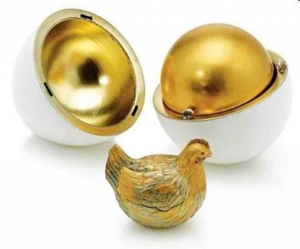 The first egg was a simple white polished enamel shell which opens to a golden “yolk” inside, which itself contains a little gilded hen, whose detailed feet you can see on the bottom if you turn it over!
The first egg was a simple white polished enamel shell which opens to a golden “yolk” inside, which itself contains a little gilded hen, whose detailed feet you can see on the bottom if you turn it over!
The hen has ruby eyes and opens by a hinge in its tail feathers. The hollow space inside the hen originally contained a tiny gold and diamond tiara with a ruby pendant, both of which have been lost, probably in the chaos of the Russian Revolution.
The House of Fabergé
The House of Fabergé grew into a conglomerate by the mid-1890s with several branches in Russia and elsewhere in Europe employing five hundred goldsmiths and jewelers (mostly Finnish). The master craftsmen of the St. Petersburg studio faithfully produced one egg a year for the Tsarina until 1895 when Tsar Nicholas II succeeded his father as Emperor. (It usually took a full year to make one.)
The new Emperor then ordered Fabergé to create two Easter Eggs per year so that his mother, Maria Fedorovna, would continue to receive her annual gift and so his own wife, Alexandra, would also receive one.
Between 1885 and 1917, the House of Fabergé created a total of fifty-two Imperial Easter Eggs with the exception of the years 1904 and 1905, during a civil war. The two eggs created in 1917 remained unfinished due to the Russian Revolution.
In addition to the Easter Eggs, Fabergé produced another seventeen decorative eggs with the same extraordinary craftsmanship, which were gifts of state to other royal families or tailor-made orders for other aristocratic families such as the Rothschilds and the Nobels
Destruction of the House
The Communist Revolution (begun in 1917) devastated the House of Fabergé. The company was first taken over by a “Committee of Workers,” then nationalized by the Bolsheviks, and then liquidated in 1918 to provide money for the revolution. This was just one of the many atrocities of Communism.
Soon after that, the Fabergé family fled Russia under cover of night and eventually ended up in Switzerland where Peter Carl Fabergé died in 1920, some said of a broken heart.
The Tsarinas’ collection of Imperial Easter Eggs was, of course, “appropriated” by the Communists. A number of the eggs were sold by Stalin in 1927 to raise money to keep his government going and another dozen or so left Russia in the next decade.
Of the fifty-two Imperial Easter Eggs (including the two incomplete eggs), forty-six have been accounted for, while of the six lost eggs, three are known from photographs.
Lost and Found
Two Fabergé eggs in particular were discovered in recent decades and have remarkable stories to tell.
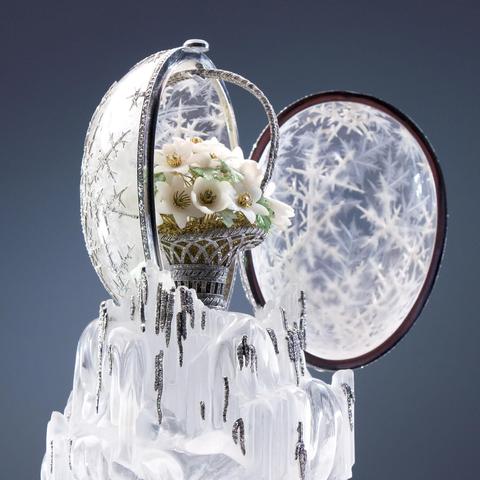
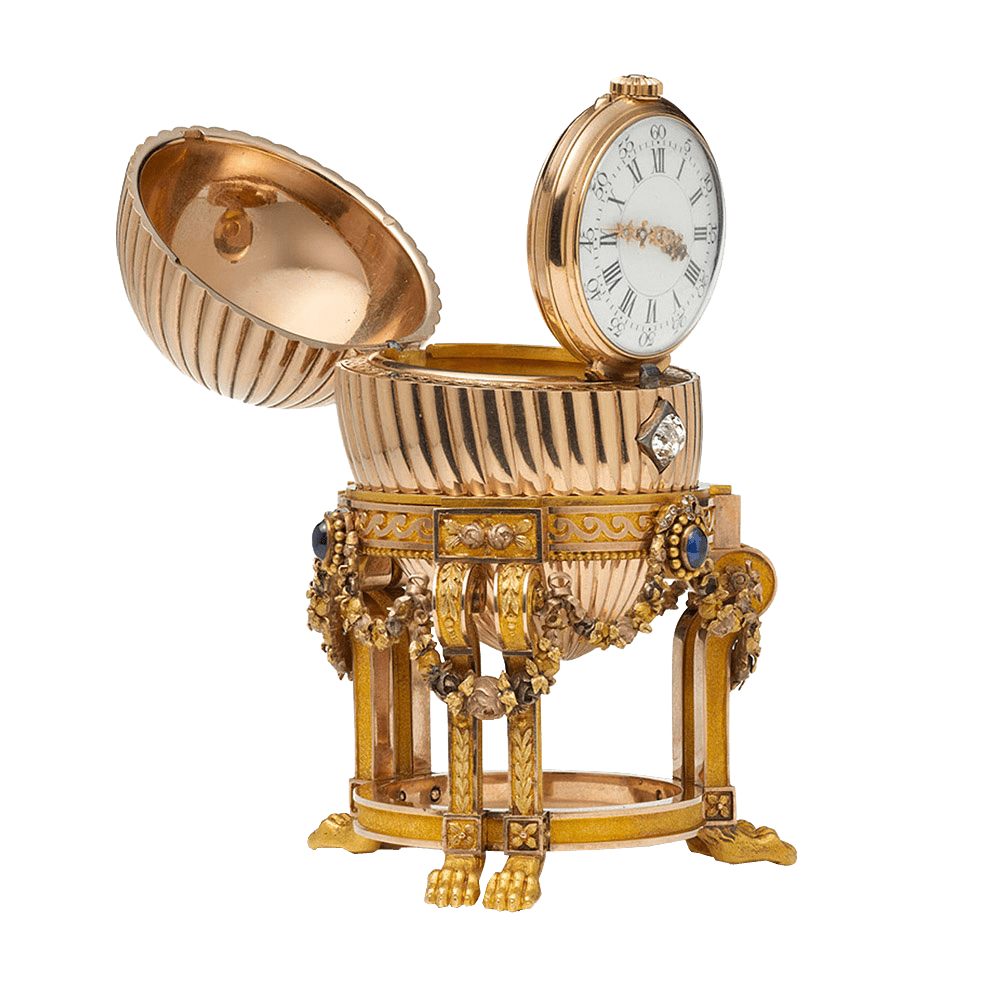
The Winter Egg, created from a single block of rock crystal, looks like a translucent frost-coated window. (Its flower basket “surprise” alone contains 1,378 tiny diamonds.) It disappeared from public view only to re-emerge in 1993 when it was discovered in a shoebox in an apartment of a London suburb. Supposedly, the egg had sat on a bedroom end table for years and was left untouched when the apartment was burglarized! Truth is undoubtedly stranger than fiction at times. This egg sold in 2002 for $9.6 million.
What is known as the Third Imperial Egg came to light in 2013 when a US scrap metal dealer in the Midwest purchased the egg at a flea market (!) intending to melt it down for its jewels. Instead, he decided to sell it for a quick profit, but when he couldn’t get anyone to meet his asking price, the egg sat in his house for two years until he did an internet search… and found out that he was in possession of one of the precious missing Fabergé Easter Eggs!
The egg sold at auction a year later for $26 million dollars.
Several Egg-celent Specimens
As much as I’d like to dwell on all fifty-two of the Fabergé Easter Eggs, we don’t have time or space to do so. The connoisseurs of Fabergé eggs are legion, so I’ve included links below to various sites so that you can learn more about these precious creations.
The short video shows a brief glimpse of a great number of the Fabergé Eggs, and is the best short visual survey of the eggs possible.
Above all, remember that, in addition to the sheer beauty of these gifts, they are a witness to a much greater gift. The Fabergé Easter Egg “surprises” are just a foretaste of the joy that was won by Christ on the day He rose from the tomb and destroyed death forever.
A Blessed Easter to all!
Rose Trellis Egg (1907) – The surprise is lost but records indicate it was a diamond medallion with a portrait of the Tsar’s son, Alexei Nikolaevich.
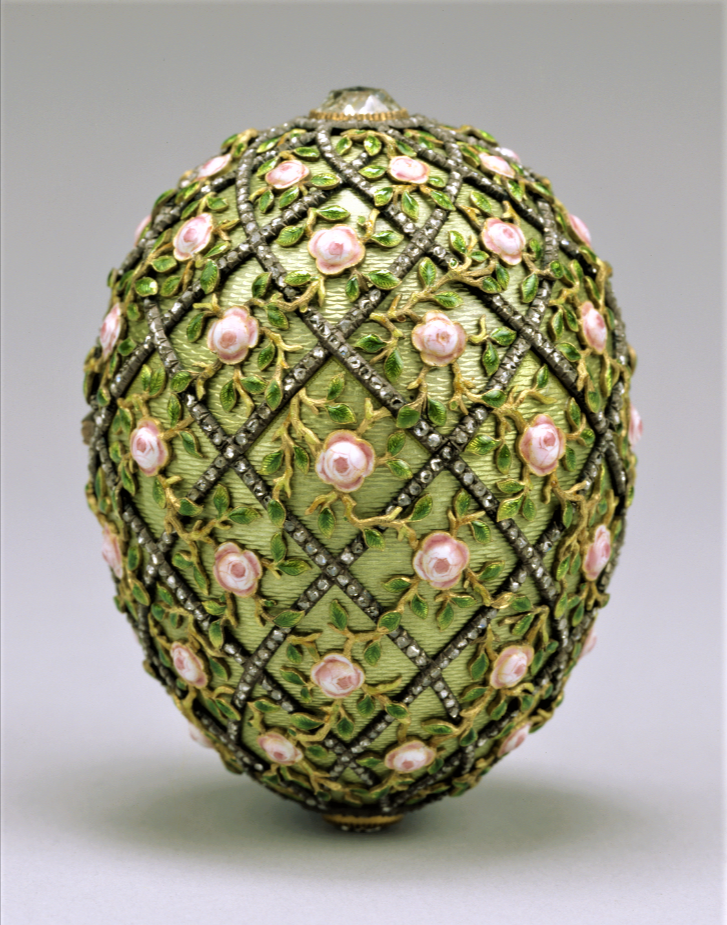
Gatchina Palace Egg (1901) – The surprise is an intricately crafted miniature of the royal family’s favorite palace with carved statues and bushes.
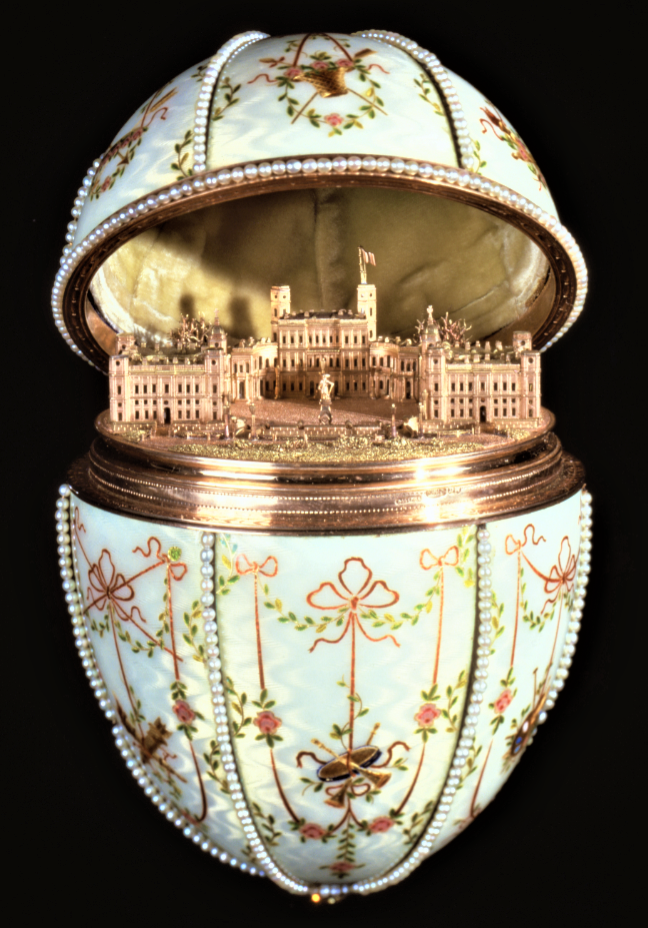
Lilies of the Valley Egg (1898) – The surprise are three portraits of the Royal Family that pop up from the spring-loaded jeweled crown on the top.
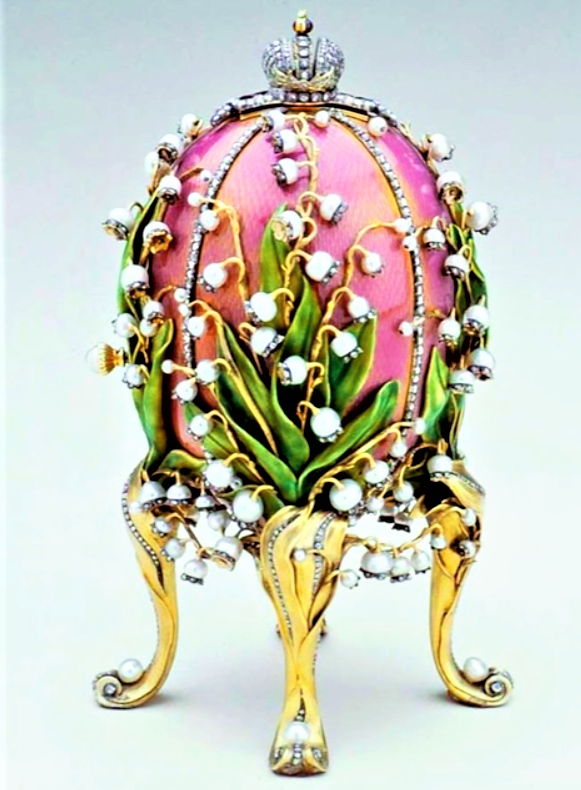
Coronation Egg (1897) – The surprise is a tiny jeweled replica of the royal carriage complete with moving parts.
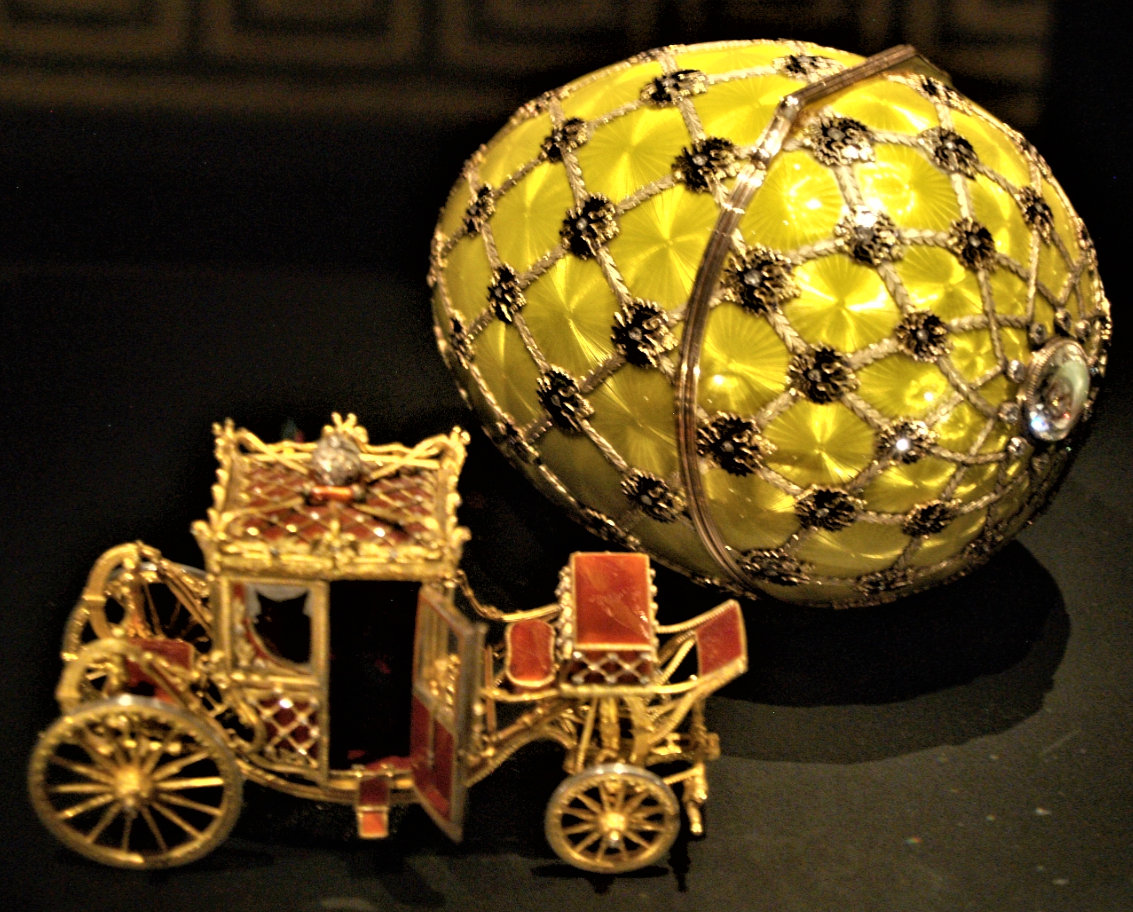
Renaissance Egg (1894) – The surprise is lost but was likely a transparent egg with a miniature statue of the resurrected Christ inside.
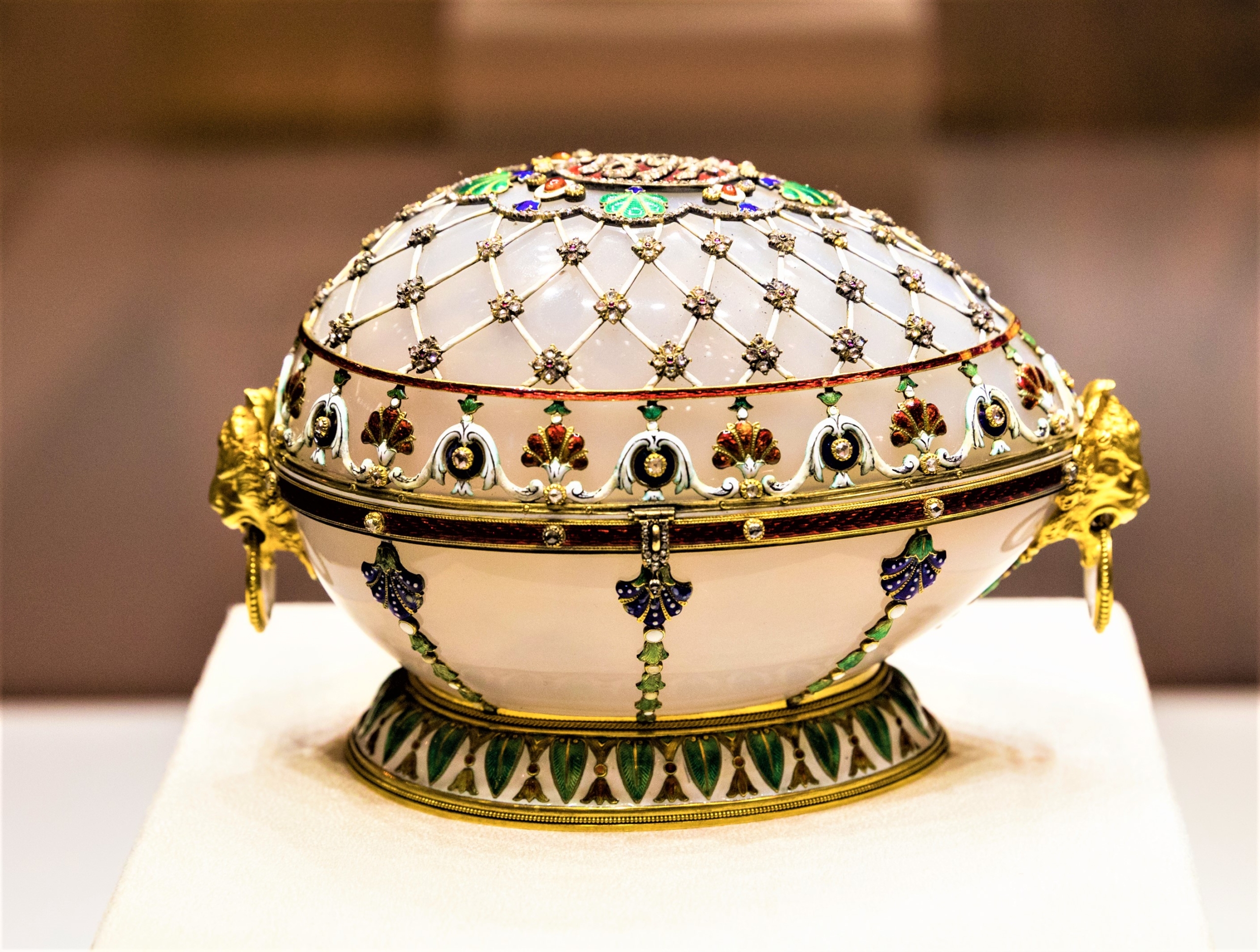
Peacock Egg (1908) – The surprise is an ornate peacock whose legs and feathers move when the mechanical bird is wound up.
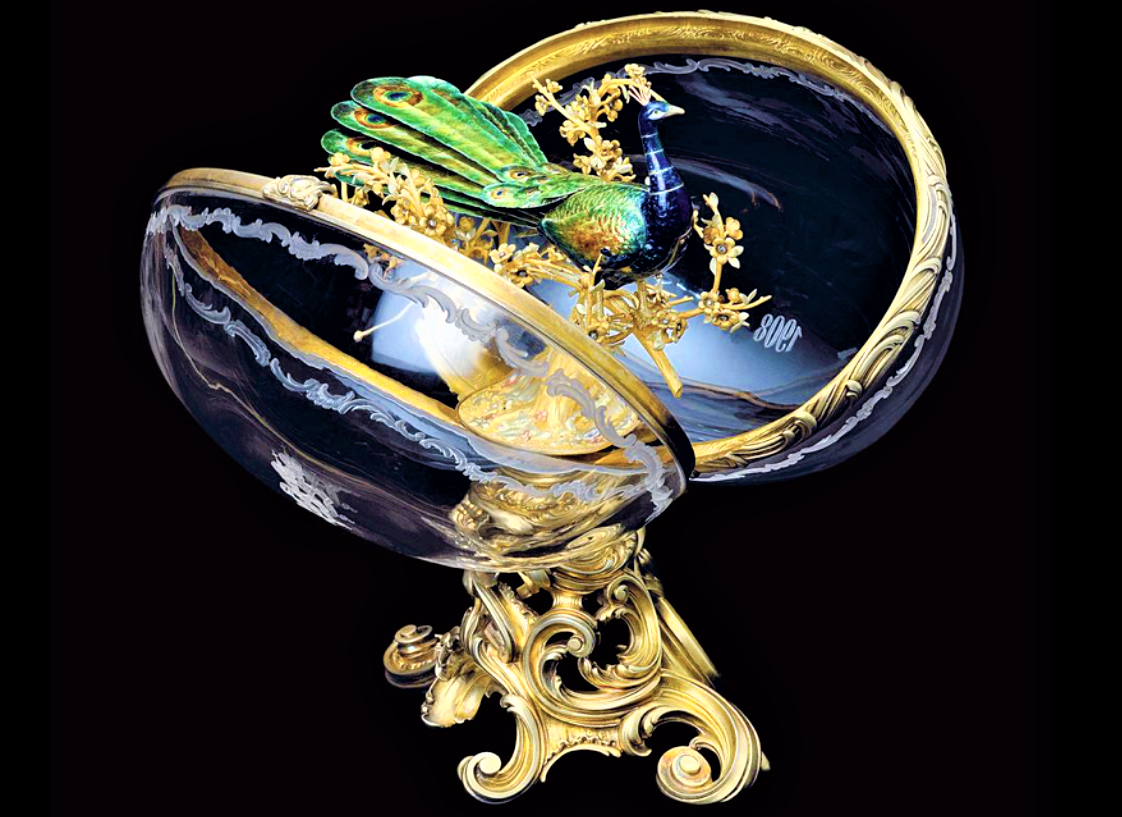
WEBSITE Links
List and Description of all 52 Fabergé Easter Eggs
The Fabergé Museum in St. Petersburg, Russia
Video (duration 3:40) – well worth it!
*Photos courtesy of Wikimedia Commons and Fabergediscoveries.com.
———-
[Note: This article is a reproduction of the Sacred Windows Email Newsletter of 4/17/22, so it does not end with the regular Soul Work section. Please visit our Newsletter Archives.]

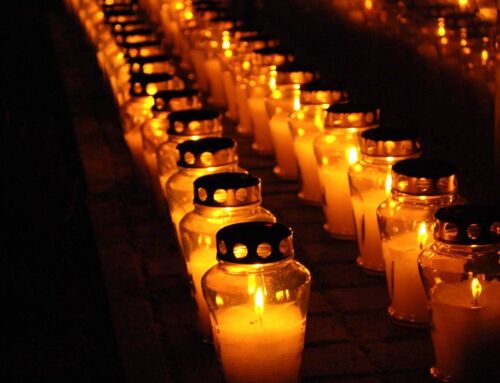
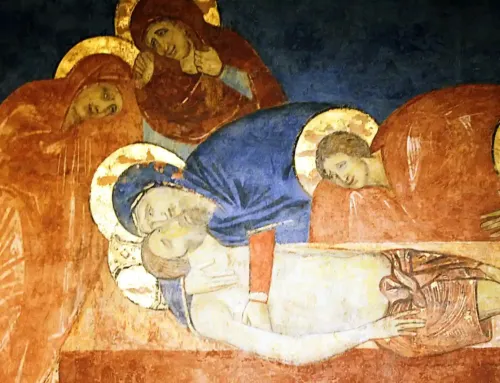
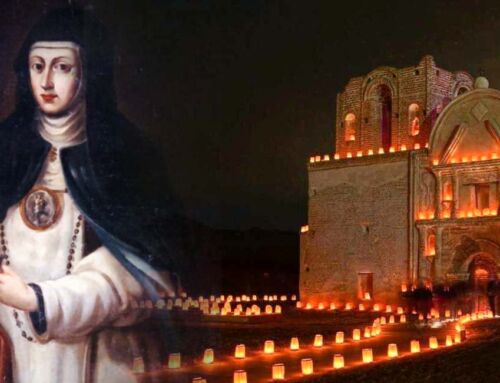
Leave A Comment